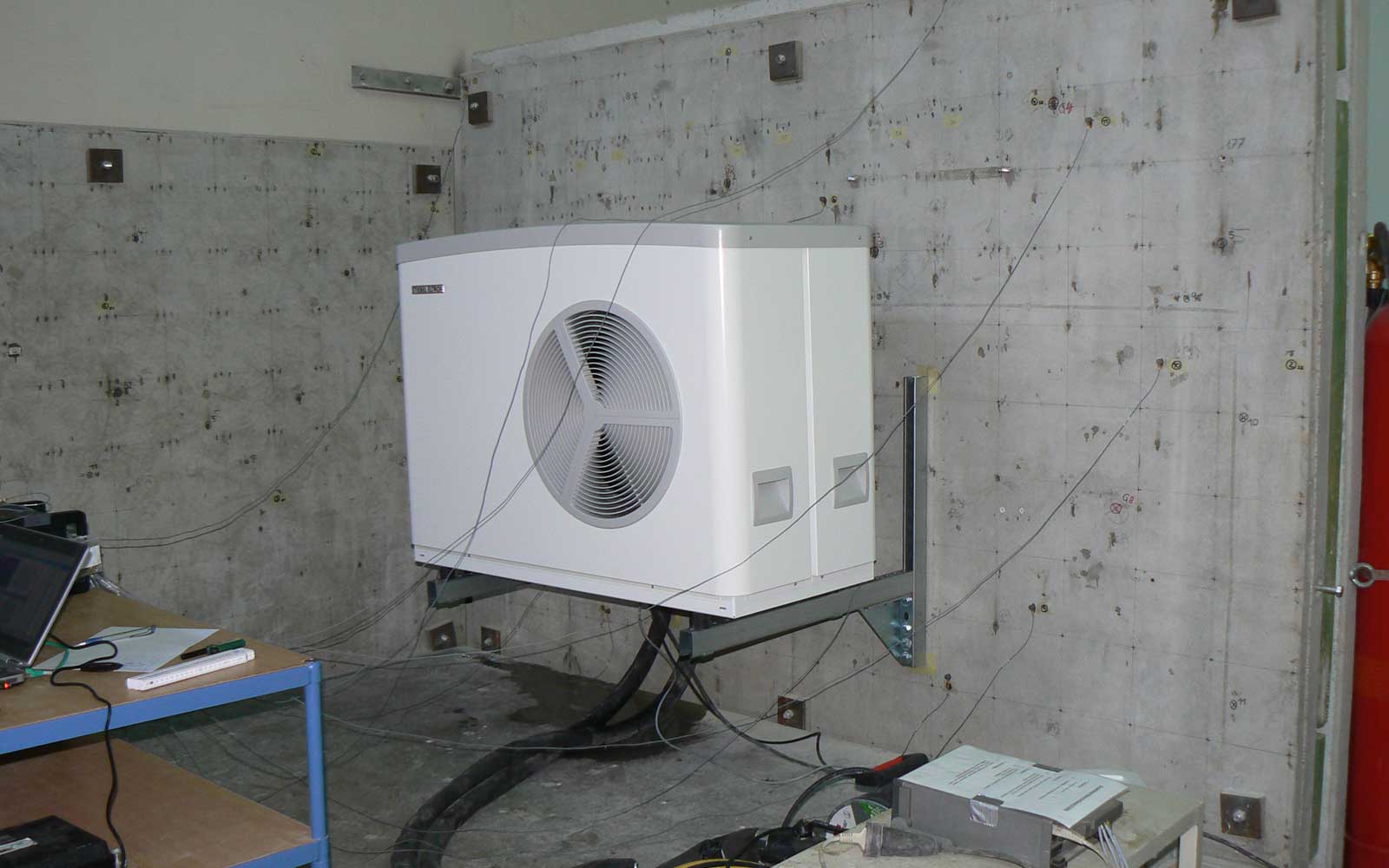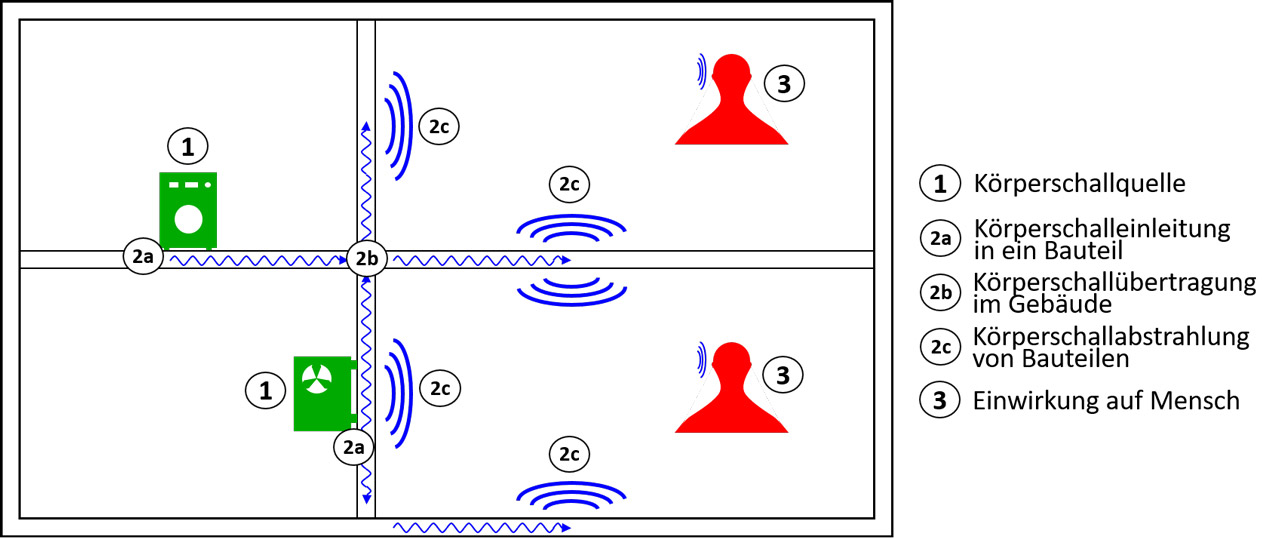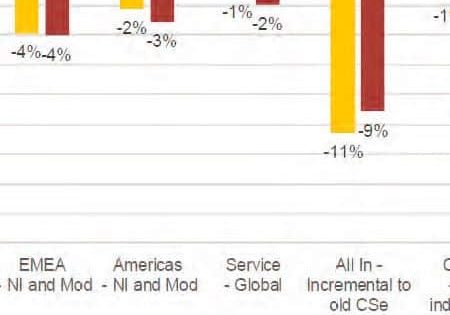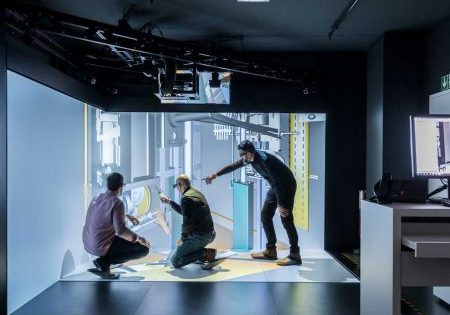Noise Abatement
Jun 5, 2020

Stuttgart scientists study sound in buildings, but full-fledged testing of elevators has yet to commence.
Your author (USB) recently asked Professor Berndt Zeitler, Professor Heinz-Martin Fischer and Dr. Jochen Scheck of the Stuttgart University of Applied Sciences (HFT) in Stuttgart, Germany, to discuss noise abatement for elevators. The three agreed and collaborated on answers.
USB: Which equipment and which knowledge do you keep available for research on noise abatement for elevators at your university, e.g., at the Center for Building Physics?
HFT: Noise protection of buildings has always been our main topic, which we pursue in the context of research projects with intensive participation of industrial partners. The transmission of noise caused by building services installations has become a major focus of attention. It is always a question of describing the interaction of structure-borne noise sources, of which elevator installations are considered, and buildings, up to the noise effect on people (Figures 1 and 2). Due to its intensive involvement with this topic, our university provides the measurement methods required for source description together with the corresponding measurement technologies.
We use standardized test rigs to determine airborne and structure-borne sound power for compact building services systems (Figure 3); similar systems do not yet exist for elevator systems. We have developed software for predicting noise diffusion in buildings. This has already been validated with compact building services equipment and can be used for planning protection from noise caused by elevator systems. Targeted research into noise abatement requires measurement, calculation and assessment procedures that have been tried and tested on elevator systems and, above all, in a suitable (laboratory) test environment. A reduction in the vibrations generated during operation by starting, moving and braking the car, which are introduced into the building structure via the attachment points and are perceived as structure-borne noise, could be achieved, for example, by decoupling measures at the attachment points. If necessary, such measures could be taken into account in the forecast calculations.


USB: Which projects and/or works have already been or are being carried out by you and/or by students?
HFT: For the characterization of structure-borne noise sources and their interaction with the building, numerous research projects (supported by integrated doctoral, master’s and bachelor’s theses) have been carried out in collaboration with, among others, manufacturers of air-conditioning units, sanitary installations, washing machines and associations that represent the masonry industry. This provides the necessary tools for the description of the transmission chain (Figure 1). Two bachelor’s theses are currently underway that, for the first time, have the aim of applying structure-borne sound measurement methods for the characterization of elevator systems.
USB: How are the results of your research used, e.g., for product development and/or in standardization?
HFT: Initially, the outcome of our work will benefit the participating manufacturers themselves. By obtaining acoustic characteristic values for their products, which they can pass on to planners, as well as a general gain in acoustic knowhow, communication with planners and buyers is greatly improved. The acoustic improvement of their products is, of course, always a prime objective. The specific implementation of the results of the research projects at the HFT is achieved through intensive participation in national, European and international standardization. This applies, in particular, to the measuring and calculation methods on the subject of sound sources in buildings, which are covered by EN 15657 and 12354-5.
USB: Can you provide a technical recommendation for noise abatement in elevators to the elevator industry?
HFT: Suggesting specific measures for a particular elevator installation is not possible without a thorough acoustic analysis. As mentioned, there is a clear need for research to adapt the generally applicable methodology for structure-borne noise sources to elevator systems. Measures on the building, such as a favorable floor plan design that keeps rooms in need of protection away from the immediate vicinity of the elevator shaft, building components that are as heavy as possible or double-shell construction methods are, of course, effective, but they involve a great deal of effort and additional costs. For this reason, the interaction between the elevator system and the building must always be considered for the specific case. This is precisely the approach of the measuring and forecasting methods we developed.
Get more of Elevator World. Sign up for our free e-newsletter.









